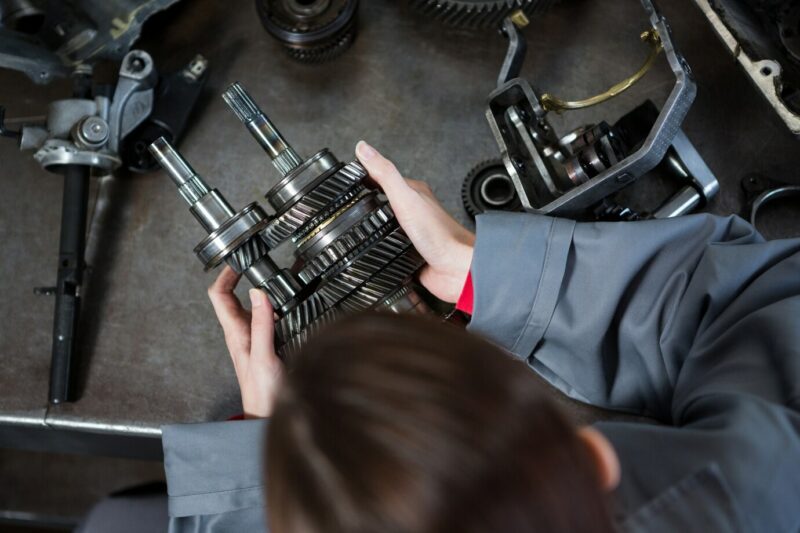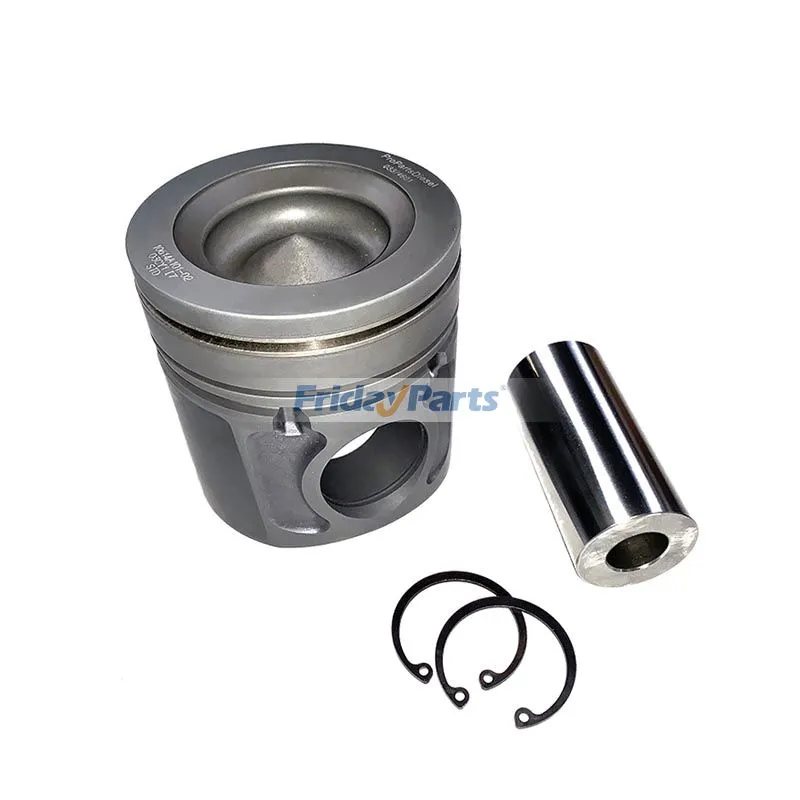Rotor engines and piston engines are two common engine types in heavy equipment. Rotor engines, also known as Wankel engines or rotary engines. Here comes the question: Are rotor engines louder than piston engines? The answer is yes. Rotor engines do make louder noises than traditional piston engines. But how does it happen? What is the working theory of the two types of engines? What is the main difference between them, and which one applies better to the equipment I own? In this blog, we will explore these questions.
Why Rotor Engine Makes So Much Noise?
If you own rotor engine equipment, you must be familiar with the exciting “pop” sound when pressing the accelerator. The sound of the rotor engine is incredible. The major reasons lie in its special construction including combustion, mechanical motion, exhaust systems, and airflow. Though both rotor engines and piston engines rely on burning fuel to generate power, the design of each type creates different patterns of combustion and mechanical movement. In rotor engines, the combustion process is accomplished within a corner of the rotor, a space that changes as the rotor rotates, which means that the combustion process takes place in a constantly changing volume. This rapidly changing combustion process may generate additional noise.
As for piston engines, the movement of the piston is relatively smooth as the piston is held inside the cylinder. On the contrary, in a rotor engine, a triangular-shaped rotor rotates inside an oval-shaped cylinder and rolls to complete the process of intake, compression, combustion, and exhaust. This movement generates vibrations, especially at high speeds. And one of the classic characteristics of the rotor is its high PRM characteristic. It can lead to increased noise as the rotor spins very fast.
How Do Rotor Engine & Piston Engine Work?
As we talked about before, rotor engines are distinct in their design compared to piston engines. A piston engine is a reciprocating internal combustion engine, characterized by the reciprocating motion of the piston in the cylinder, through the reciprocating motion of the piston to convert the thermal energy generated by the combustion of fuel into mechanical energy. The working cycle of a piston engine consists of four strokes: intake, compression, work (explosion), and exhaust. Rotor Engine uses a rotating rotor instead of a piston in a reciprocating piston engine. The rotor rotates inside a fixed housing that is shaped like a triangle, and the apex of the rotor moves inside the cylinder as it rotates, completing the aforementioned 4 processes.
Speaking of constructions, a piston engine consists of multiple cylinders. Each with one or more pistons, which use a crankshaft to convert the linear motion of the pistons into rotational motion. While a rotor engine usually has only one rotor, it is more compact and abandons many reciprocating parts found in traditional piston engines.

Rotor Engine or Piston Engine?
Many people claim the benefits of a rotor engine such as its compact design and easy maintenance. Due to their small size, rotary engines can be mounted on vehicle chassis, providing good handling and balance. Although rotary engines require some special maintenance, such as preheating and checking the oil level, they are still relatively low-maintenance and have a long lifespan. But the noise is a key consideration too. The high-frequency sound can be much harsher so it could significantly affect operators’ comfort. Also, it consumes more fuel and emits more so it is not friendly to sustainable development.
Piston engines and piston engines have different applications due to their special characteristics. Piston engines are widely used in various types of vehicles and machinery, including excavators, trucks, cars, ships, etc. You can discover a rotor engine in a high-performance car due to its compactness and high-speed potential. Meanwhile, the loud noise could be instead an exciting auditory stimulus for the driver. They are less common in heavy machinery as heavy equipment requires high torque and durability, areas where piston engines excel.
To conclude, rotor engines are compact, lightweight, and suitable for high-performance vehicles, If you don’t mind the loud noise, it’s ideal for your race car or other vehicles related. But higher fuel consumption makes them less ideal for heavy machinery. Piston engines, on the other hand, offer greater torque, durability, and fuel efficiency, making them better suited for equipment like excavators, trucks, and other heavy-duty machinery. For equipment owners looking for reliable, cost-effective aftermarket parts, piston engines remain the more practical choice.
Aftermarket Engine Parts Solutions
Understanding the engine noise characteristics is key for heavy equipment owners to make a purchasing choice. If you are considering an engine replacement for your equipment, a piston engine might be a wise choice. If you are looking for quality aftermarket engine parts solutions for your Komatsu, Bobcat, John Deere, CAT, Hitachi, Perkins, or other brands of equipment, visit FridayParts.com for more OEM quality solutions at a reasonable price.

Conclusion
Overall, the fact is that rotor engines do make louder noises than piston engines. Its nature compact design and working theory make the loudness unavoidable. For heavy equipment workers, of course, a quiet working environment is of vital importance. But the noise is not the only consideration when purchasing an engine for your equipment. Equipment type and your requirements for performance and environmental protection are also key factors. Knowing what is the best choice for your machinery and selecting high-quality aftermarket engine assemblies can enhance your equipment’s performance and efficiency.
